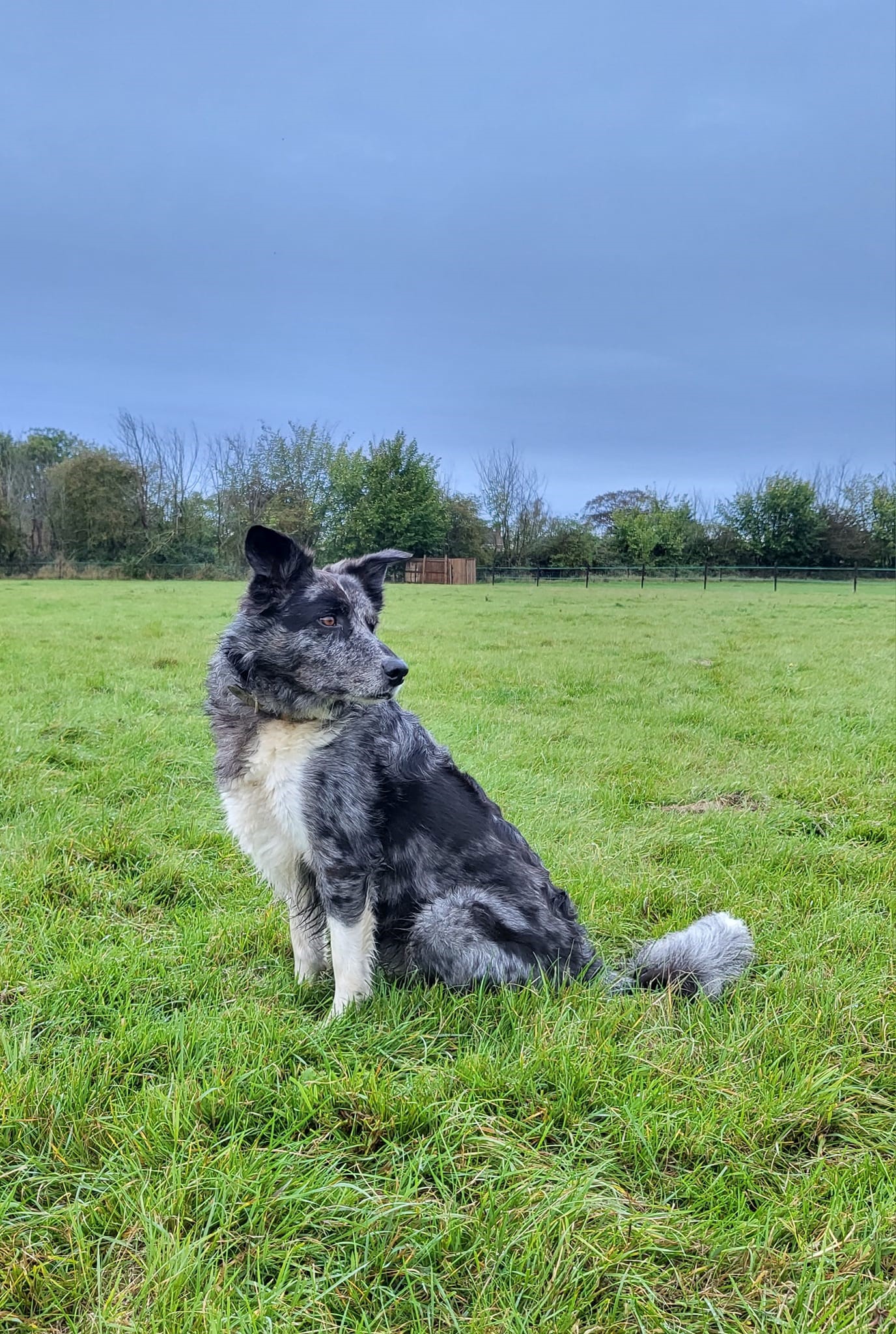How do I improve my grass? Perhaps an easier question would be: how long is a piece of string?
Grass growth will vary from year to year, depending on weather conditions, and even one or two weeks’ overgrazing at the height of winter can damage summer growth. Strip grazing is a very popular method for “fatties” but is detrimental to the grass and the ground underneath, often leaving you with dirt instead of soil. You may be thinking: what is the difference between dirt and soil? The answer is everything!



Dirt is dead. Dirt is made up of sand, silt and clay. It has no minerals, nutrients or living organisms, and therefore has no ecosystem and cannot support life.
Soil is living. Soil is alive with worms, insects (hopefully, dung beetles!), bacteria and organic matter. It supports life with its naturally occurring minerals and nutrients, and is a complete ecosystem able to support life.
Loafing areas or sacrifice paddocks are the perfect way to protect the land from overgrazing, by making a small area of dirt which is easy to repair and easy to supplement with hay, but only if you are lucky enough to have access to them!
Overstocking seems an obvious answer, but this is usually due to compaction damage, which often leads to waterlogged ground, in turn causing a lot of damage to the soil and making it almost impossible for roots to survive.
These are just a few tips and hints for us to think about. Don’t worry, we all get caught out by them sometimes.
Managing land is a really difficult task, especially as many people on livery will have very little control over their allocated plot, and often find it is overgrazed and not rotated. But to end on a more positive note – land is always repairable and, if all else fails, we can always buy in hay!





